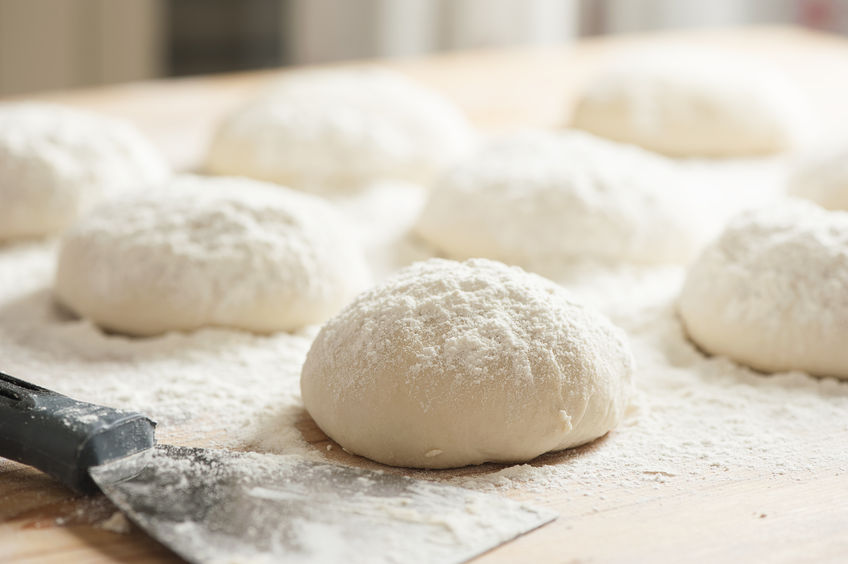Sponge and dough is a method of baking unique bread, but it’s getting hard to do in the baking industry. The technique of bulk fermentation is simple—just mix flour, water and yeast. But there’s a catch: it takes a long time and a lot of space. With higher speed, larger operations, automation has taken its place. Most often, you’ll only find this technique in bakeries that specializes in small batches of artisan bread.
Straight dough, on the other hand, has a quicker mix time and doesn’t take up as much floor space. The problem is that you don’t get a deep aroma, large artisan-style holes, and versatility in product variation. You also need to add more dough conditioners, most of which are not clean-label friendly.
This is the struggle of sponge and dough. Consumers are showing a high interest in artisan breads. And the clean-label trend is one of the biggest for the baking industry this year. So bakeries are looking for a balance of producing these old world breads in a fast paced world.
Making the best sponge and dough
If you bake using a sponge and dough method, you will need to plan for longer fermentation times. But there are ways to speed up and improve the process. Hydration and oxygen is the key.
Hydration is crucial because it allows the ingredients to act properly. Oxygen helps feed the yeast and improve fermentation. When the dough is properly hydrated and oxidized, you’ll see faster fermentation, less tail out or wasted dough, and a more uniform final product—something that can be difficult with artisan bread.
How to increase hydration and oxygen?
We’ve found Rapidojet to be the master at this. This patented technology shoots free-falling dry ingredients with a high pressure steam of liquid. This instantly and fully hydrates the gluten, and the dough falls into the legacy mixer.
Six improvements from Rapidojet:
- 8% higher hydration with the same level of “dough feel” and machinability
- Sponge fermented about 25% faster because Rapidojet hydrates the gluten to create a network that holds in the carbon dioxide, leading to faster chemical reactions during fermentation
- Stiff 70% hydrated Biga and 120% hydrated Liquid Sponge were very homogeneous
- The final mix time was reduced to only 3 minutes instead of 12 minutes. This is after adding fermented Sponge to dough-side flour (also pre-hydrated via Rapidojet). Minors were added at the final mixer
- During make-up, dough did not tail out (end-of-batch phenomena) and there were fewer cripples
- No ice was needed
It’s innovations like Rapidojet that are going to bridge the gap between what the consumer is expecting, and what bakeries can produce, especially when it comes to bread.
Learn more about innovative solutions by Rapidojet Technology.

